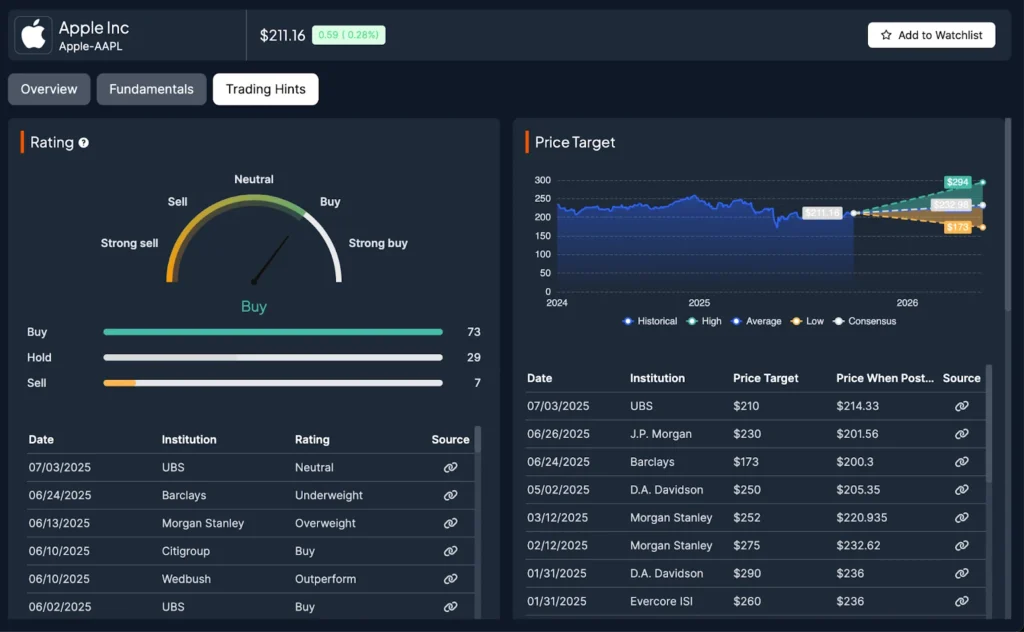
Introduction to Smart Manufacturing
If you’re in manufacturing, you’ve likely heard the term “smart manufacturing” thrown around. But what does it really mean for your day-to-day operations?
At its core, smart manufacturing uses connected devices and data to help you run more efficiently. It’s not just tech hype—it’s a way to get better visibility, control, and predictability in your production process. Whether you’re managing a small plant or a large-scale operation, IoT (Internet of Things) gives you the tools to make decisions faster, reduce downtime, and save money.
Understanding IoT in Manufacturing
IoT in manufacturing isn’t about gadgets. It’s about connecting your machines, systems, and even products so they talk to each other and share useful data.
Imagine your assembly line could tell you when something’s about to break down—or your inventory system automatically reordered supplies based on real-time usage. That’s IoT in action.
Even older machines can get an upgrade with sensors and simple networking tools, allowing you to collect useful data without a complete overhaul. That means better tracking, less manual checking, and fewer surprises.
Core Benefits of IoT in Smart Manufacturing
Here’s how IoT directly helps manufacturers today:
- Real-Time Monitoring: Know what’s happening on your floor without walking around. Track machine status, temperature, pressure, and more—live.
- Predictive Maintenance: Stop wasting time and money on unexpected breakdowns. IoT tells you when equipment needs servicing before it fails.
- Faster Problem Solving: Identify bottlenecks or issues early. If one machine slows down, you’ll know immediately and can reroute or fix it.
- Better Quality Control: Monitor conditions that affect product quality. If something’s off, the system alerts you so you can fix it fast.
- Energy Savings: Spot machines that use too much power and adjust usage patterns to cut waste.
This isn’t theory. It’s happening in factories right now—saving hours, dollars, and headaches.
Key Technologies Powering Smart Manufacturing
You don’t need to understand every buzzword to benefit from smart manufacturing. But here are a few key tools making it work:
- Industrial IoT (IoT): Focuses specifically on factory environments—machines, sensors, and control systems working together.
- AI and Machine Learning: Not just for Silicon Valley. These help you spot trends in your data—like which machine always goes down after 1,000 cycles.
- Cloud and Edge Computing: Store your data where it makes sense. Use the cloud for big-picture trends, or edge computing for instant decisions on the factory floor.
IoT Connectivity: The Backbone of Smart Manufacturing
Connectivity is where many manufacturers hit a wall. If your devices can’t stay reliably connected, your smart system won’t be so smart.
The good news? You don’t need perfect Wi-Fi everywhere. Ethernet, 5G, private networks—there are options. What matters is building a solid network that doesn’t drop out when you need it most.
For many facilities, boosting signal strength in tough spots is key. That’s where M2M & IoT boosters come in. They strengthen weak signals in large or metal-heavy environments, so you stay connected across the whole plant.
Machine-to-Machine (M2M) Communication in IoT Systems
Think of M2M as the “original” IoT. Machines talk to each other directly—no people needed. In a smart setup, your machines might:
- Tell the packaging system when production is done
- Adjust output speed based on real-time demand
- Shut down automatically if a safety issue is detected
It’s not about replacing humans—it’s about letting your team focus on smarter work, not just pushing buttons all day.
Overcoming Connectivity Challenges
Connectivity issues are one of the biggest blockers for companies trying to adopt IoT.
Large facilities, metal equipment, and interference from machinery can cause signal dropouts or dead zones. If your sensors can’t transmit data reliably, you lose the benefits of real-time monitoring and automation.
Here’s what you can do:
- Map Out Weak Zones: Use network tools or walk the facility with signal testers to find where connections drop.
- Install M2M & IoT Signal Boosters: These devices extend your network’s reach and improve signal strength, even through thick walls or in remote corners of your facility.
- Choose the Right Network Type: Depending on your operation, a mix of wired (Ethernet), wireless (Wi-Fi), and cellular (LTE/5G) may work best.
Reliable connectivity is foundational. Once it’s solid, everything else—monitoring, automation, analytics—just works better.
Smart Facility Management With IoT
Every manufacturing site is different—some operate in traditional warehouses, while others use more flexible spaces like prefab structures or even a fabric building for manufacturing setups. These buildings are quicker to deploy and cost-effective but may pose challenges when it comes to maintaining stable environmental conditions or wireless connectivity.
With IoT, even these non-standard facilities can become smarter. Sensors can monitor temperature, humidity, and air quality to ensure product consistency and worker comfort. You can also deploy smart lighting and energy systems that adjust based on usage, helping you save on utility costs in a space that wasn’t originally designed for heavy-duty manufacturing.
Whether you’re working out of steel, brick, or a fabric structure, smart tools let you control your environment with precision.
How IoT Enhances Supply Chain Management
Your factory doesn’t operate in a vacuum. Raw materials come in, finished products go out—and delays anywhere can cause problems.
IoT strengthens your supply chain by giving you:
- Real-Time Tracking: Know exactly where shipments are, when they’ll arrive, and whether they’re stuck in transit.
- Smarter Inventory: Avoid overstocking or running out. Sensors track usage and reorder automatically when levels are low.
- Predictive Forecasting: Analyze past trends to prepare for seasonal spikes or shifts in customer demand.
These tools reduce waste, speed up delivery, and keep your customers happy.
Workforce Transformation in the IoT Era
Some worry that automation will replace human jobs. In reality, IoT shifts roles rather than eliminating them.
Here’s how your team benefits:
- Less Manual Monitoring: No need to babysit machines—alerts let staff respond only when needed.
- Upskilling Opportunities: Employees learn to manage new tech, interpret data, and make smarter decisions.
- Improved Safety: IoT sensors detect unsafe conditions before accidents happen, protecting your workforce.
People are still essential—IoT just helps them work smarter.
Cost Implications and ROI
IoT isn’t cheap to implement, especially if you’re starting from scratch. But here’s the good news: the return on investment is real and measurable.
Consider these cost-saving opportunities:
| Area | Traditional Cost | Smart System Cost | Savings |
| Unplanned Downtime | $10,000+ per hour | Predictive maintenance | Up to 70% |
| Energy Wastage | $1,000s per month | Smart energy controls | 20-30% cut |
| Manual Labor & Errors | High | Automation & alerts | Reduced |
| Inventory Overstocking | Frequent | Smart inventory | Leaner ops |
Most manufacturers see ROI within 12–24 months, especially if they target high-impact areas first.
Conclusion: Transforming Manufacturing for the Next Decade
Smart manufacturing isn’t about chasing the latest buzzword—it’s about staying competitive, cutting waste, and delivering better products with fewer headaches.
Whether you’re running a high-tech facility or a fabric building for manufacturing, IoT gives you the tools to gain control, predict problems before they happen, and scale smarter.
Start small, prove the value, and build from there. The future is connected, and manufacturers who move now will lead the pack.

Diamond Painting Apps & Digital Tools for 2025 Artists

Pallet Wood Sourcing: Ethical and Sustainable Practices

Understanding Cost-Benefit Analysis for Project Feasibility

Accelerating drug discovery through the DEL-ML-CS approach

AI in Marketing Is No Longer a Buzzword — It’s the Strategy

Diamond Painting Apps & Digital Tools for 2025 Artists

Pallet Wood Sourcing: Ethical and Sustainable Practices

Understanding Cost-Benefit Analysis for Project Feasibility








